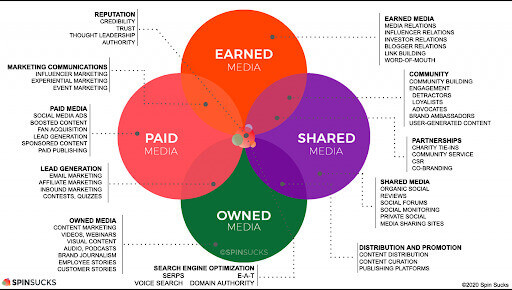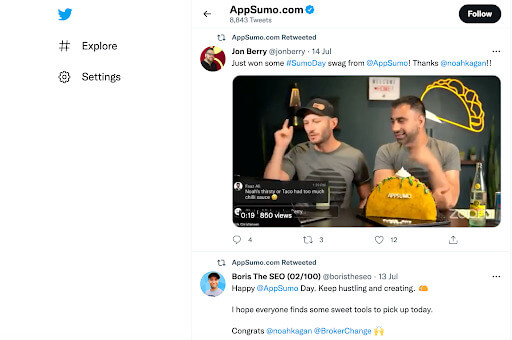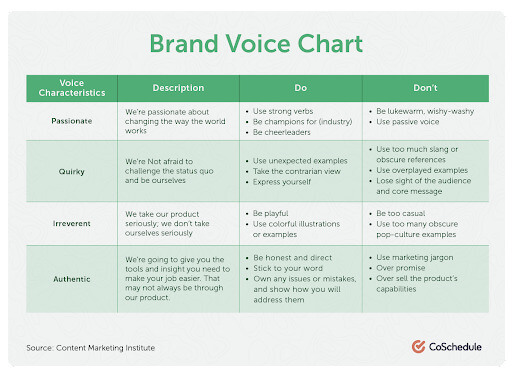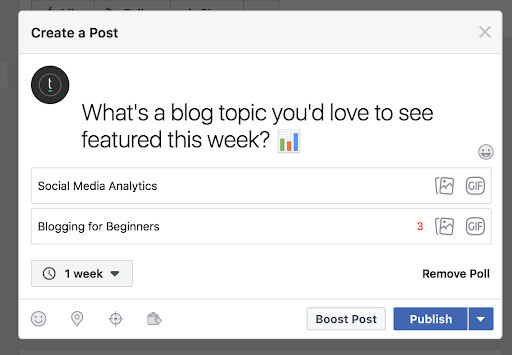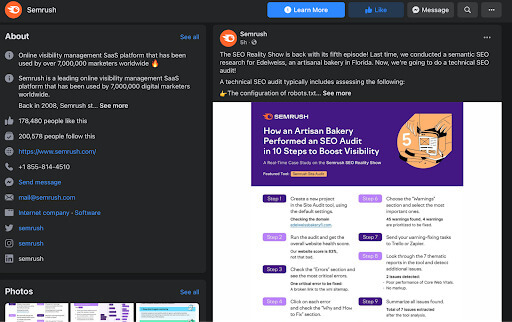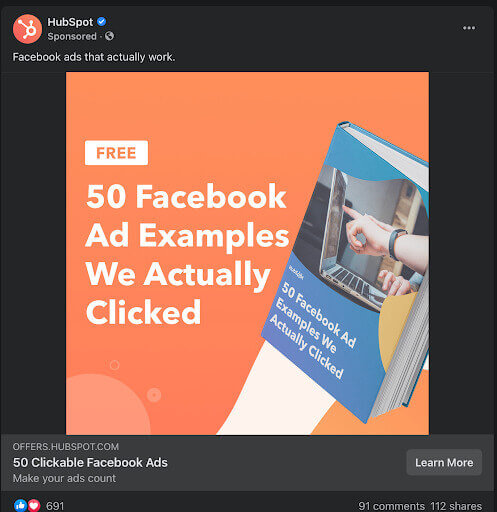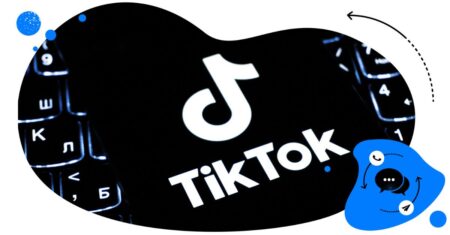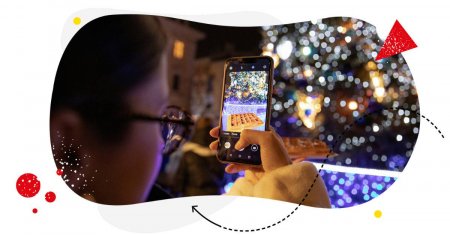Do you feel like your social media and content marketing strategies are working in harmony? Are you satisfied with the results you see from your marketing campaigns?
Or are you, like many other businesses, struggling to make an impact?
Don’t worry if you’re feeling overwhelmed and in need of valuable insights.
This article will discuss strategies you can implement to synchronize your social media and content marketing, so your business has a bigger impact. Read on to learn more.
Why you need to align your social and content marketing
New businesses generally start with one marketer. That person is expected to manage every element of the marketing strategy across multiple channels. That person, often the founder, probably has a clear understanding of how they want to communicate with their audience.
As the company grows, the number of people involved in marketing activities increases. The number of channels the business is active on normally increases as well.
That’s a good thing. However, it can also cause problems.
When you have many people creating content for your company, there’s a danger that you start losing your brand voice and visual identity. That can occur when you’re producing and sharing unrelated content across different marketing channels. Or, the content you are sharing looks visually very different between channels.
Issues like this can confuse your audience. As they jump between channels, and most of your customers use multiple channels, they encounter a company that lacks a coherent message.
The overall impact is a bit like noticing that a person who turned up for an interview is wearing an odd pair of socks. It’s going to leave a bad impression on your audience.
Disjointed messaging is a problem regardless of the size of your company. Luckily, there’s a fairly straightforward means of resolving this issue. This guide will walk you through steps you should take to sync your social media and content marketing strategies better.
Define your brand voice
Your brand voice is the way that you communicate with customers. It defines the company’s style of communication.
As a company, you want a clearly defined brand voice. It helps your marketing team understand the way they should communicate whenever they create content across any marketing channel for your company.
Take the example of AppSumo.
They have a quirky brand voice. They’re always talking about Tacos, for example. It’s one of their things. You see that playful humor in the content they post through their social media channels. Here’s a nice example from Twitter.
You can see what tacos feature prominently in the video content.
They incorporate that same humor in the copy they produce for their blog. Check out the example below where they mention making a “small offering to the taco gods.”
Having a clear brand voice helps AppSumo stand out.
I’m sure a lot of their audience enjoys the company’s off-hand humor. They’ll encounter this offhand brand voice across every marketing channel. That provides a coherent user experience.
Creating a brand voice for your company, if you haven’t already done so, is straightforward. Consider how you want to engage with your audience. Define your voice characteristics.
Once you’ve defined your brand voice, you need to make sure all of the content produced fits those guidelines. That is more difficult.
You’ll need to monitor and, from time to time, review the content you produce. It’s probably a good idea to arrange monthly meetings, at least initially, where you go over the content and share feedback. Such sessions help ensure all of the people on your marketing team are communicating with the same brand voice.
Define your visual identity
Alongside your brand voice, you need to provide your customers with a coherent visual brand identity.
A visual identity defines how you portray your brand. It is the imagery you use in your marketing and sales material and the brand colors you’ve chosen. Like the brand voice, you want to use the same type of imagery across every communication channel.
Having one look on Facebook, another on Instagram, and then a different visual look on your website makes for a confusing, poorly thought out marketing campaign.
Keep it consistent, just like Coca-Cola does on both their social media channels and their website. They use the same brand colors across both platforms.
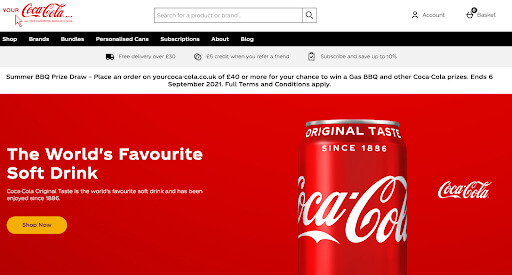

See how this uniformity makes the brand appear more confident and appealing? Aim for a similar sense of cohesion with your brand across your social media and content marketing strategies. Use tools to take your social media branding to the next level.
Create a coordinated marketing strategy
Defining your brand identity helps ensure the content you create shares certain characteristics. That will help make your content recognizable to your audience across different channels. It also ensures a more joined-up approach, so people know what type of marketing and sales content to expect from your company.

All comments and messages in one dashboard!
Reply to all social media conversations from a single, unified inbox! Get back up to 70% of your team’s time and energy.
Try NapoleonCat free for 14 days. No credit card required.
The next step in synching your social media and content marketing efforts is to create a content marketing calendar. You can pick out the content or issues you want to promote and promote that same messaging or content across different channels. For example, you can promote a new blog post on social media, or use your blog content to promote social media competitions, etc.
Creating a framework for coordinating your marketing efforts across various channels is straightforward. This comprehensive guide walks you through how to create a social media content calendar for your business.
Use social media to inform your blog content
Coming up with new, engaging content isn’t always straightforward. But I’ll let you in on some sound advice. The best way to know the type of content your customers will love is to ask them yourself!
Polls can be a “springboard for content” when used wisely. Twitter, for example, allows you to conduct polls with up to four selectable answers at a time. Facebook can help you publish visually appealing polls, too.
Then use your social media poll results to create content for your website. To get more people to read that content, promote it through email marketing. Just make sure you use the right subject lines that will get people to open those emails in the first place.
Repurpose content
Consistency in both voice and visual appeal aren’t the only things you should ensure.
Spreading awareness of your brand across multiple channels is a must.
You should have a coherent strategy for the content you produce on your site and the content you share through social media. Ensuring the content you produce is coherent across various channels helps set audience expectations.
That’s not to say you’ll no longer make changes to the content. You should still repurpose it to fit the platform where it will be published.
For example, check out how SEMRush seamlessly promotes their ‘SEO Reality Show’ on their online blog and their Facebook page.
The blog post on their website provides many details. The content on Facebook, on the other hand, is shorter and snappier. It’s the same content across both channels (hence the uniformity) but the content was repurposed to fit the types of content people expect from each marketing channel.
Run with this concept for your own brand’s content.
Promote something on your blog, then take its highlights to promote on Twitter, Facebook, and Instagram. The idea is to achieve a seamless flow of content with a harmonious link between various platforms.
Use retargeting
They might be a pain sometimes (or even a little creepy), but those ads that seem to follow you around on the internet are serving a marketing purpose.
Retargeted ads are adverts that retarget potential customers that didn’t purchase on your website. That’s because only 2% of click-through website visitors convert during their first visit.
Retargeting is key to improving those conversion rates. Reconnecting those ‘lost customers’ with your brand via other channels, most notably via social media, is a way of enticing them to return and make a purchase.
Let’s say you recently browsed Hubspot’s website. You were interested in researching Facebook ads for your website but decided not to go further and left.
Through retargeted content, Hubspot can push that content back to you via your Facebook feed.
Retargeted marketing reminds you of the brand and encourages you to pick up where you left off. The effect of a retargeted content marketing strategy can even generate further sales – the more times a customer visits your site, the greater the chance of seeing more products and clicking that buy button.
See how both website content and social media content blend so effectively here to influence higher sales? Retargeted content is another example of social media and content marketing working in tandem to achieve a specific goal.
Track metrics
Once you sync your social media and content marketing strategies, you need to track your progress. Establish a baseline and compare. Rather than tracking vanity metrics like blog views and Facebook likes, focus on sales. Sales are what ultimately dictate how successful your business is.
Track your sales funnel before and after implementing your new content marketing and social media strategies. A thorough evaluation will readily inform you as to whether your new marketing efforts have been fruitful. If you see an uptick in people coming from Instagram to your site and making a purchase, for instance, then you can conclude your strategy is working.
Conclusion
Treating your social media and content marketing strategies as one is a proven way of generating success for your brand. Just follow these steps to sync your social media and content marketing strategies.
Define your brand voice and identity, maintain consistency in your visual identity, and repurpose content. Use retargeting, generate website content ideas through social media, and link your platforms. Finally, track your metrics.
You’ll see great results. Good luck with your business!


